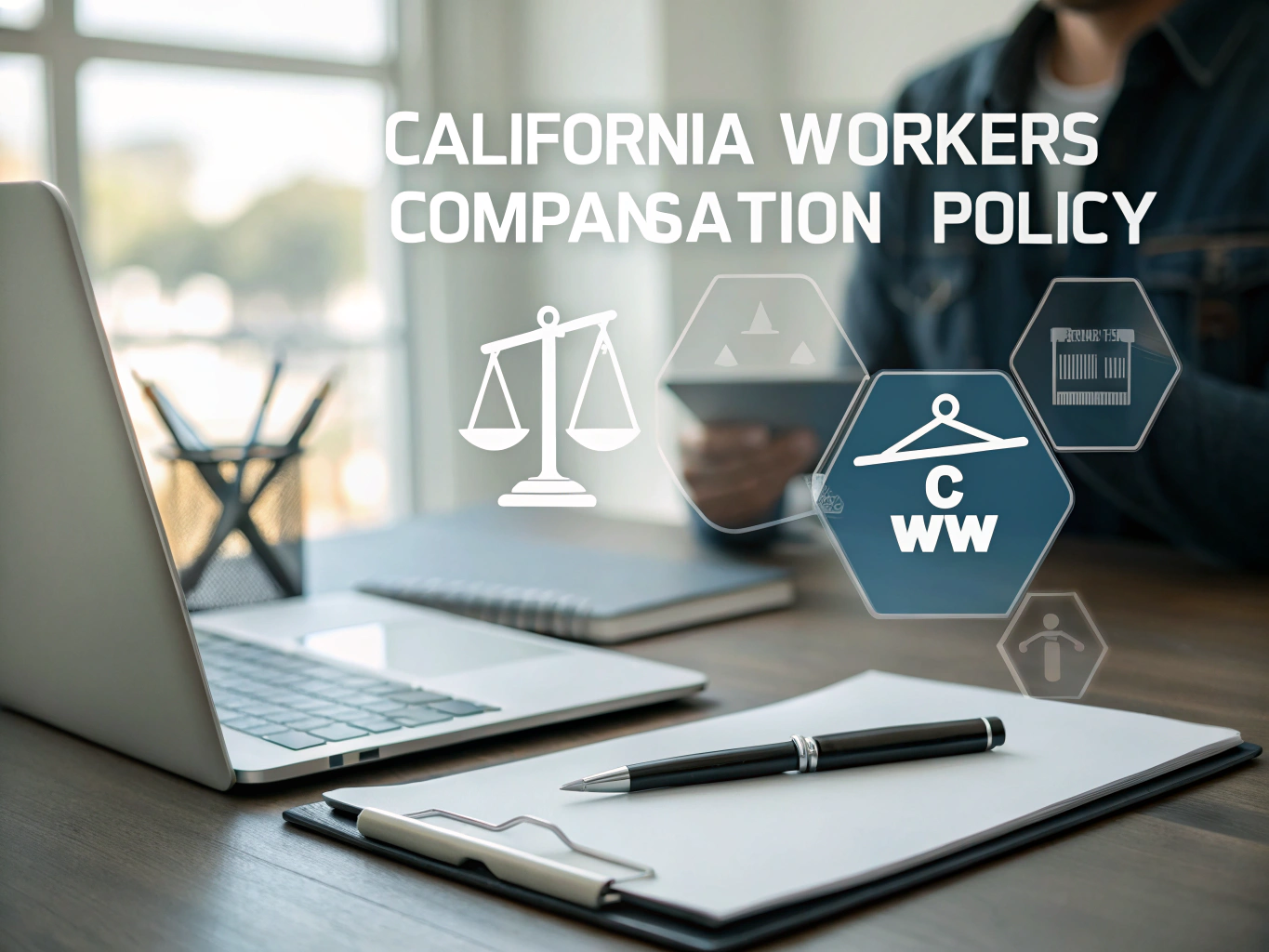Definition
A California Workers Compensation Policy is a critical framework that organizations must establish to ensure the safety and well-being of their employees. This policy outlines the procedures and guidelines for handling work-related injuries and illnesses, ensuring compliance with California state laws while also promoting a healthy work environment.
Key Components
Understanding the key components of a California Workers Compensation Policy helps create a safe workplace and aids in navigating the complexities of employee injuries. These components provide clarity and structure for both employees and employers.
- Coverage: This includes all employees—full-time, part-time, temporary, and seasonal. It’s vital to note that independent contractors generally do not qualify for coverage unless they meet specific criteria under state law.
- Reporting Injuries: Employees need to report any work-related injuries to their supervisors immediately. For example, if someone slips and falls, they should notify their supervisor on the spot, ensuring timely documentation and response.
- Medical Treatment: Employees have the right to seek medical care for work-related issues. It’s important they communicate that their injury is work-related to avoid any complications with their claims.
- Return to Work: The policy should outline light-duty or modified work options for employees recovering from injuries. For instance, if a worker has a sprained ankle, they might be offered a desk job temporarily while they heal.
- Disability Benefits: Employees may be entitled to temporary or permanent disability benefits based on their injuries. This aspect is crucial for employees who may face long-term challenges due to their injuries.
- Investigation and Review: The HR department plays a key role in investigating reported injuries to determine eligibility for benefits. This step ensures that all claims are handled fairly and transparently.
Importance in the Workplace
The California Workers Compensation Policy is vital for fostering a safe and supportive work environment. For instance, imagine a scenario where an employee injures themselves on the job but is unaware of the reporting process. Without a clear policy, their claim could be delayed or denied, leading to financial strain and dissatisfaction. By having a solid policy in place, you not only protect your employees but also shield your organization from potential lawsuits and financial losses.
Best Practices
Implementing a robust California Workers Compensation Policy involves more than just paperwork; it requires active engagement from both management and employees. Here are some best practices to consider:
- Conduct Regular Training: Offer training sessions on workplace safety and injury reporting procedures. For example, a quarterly safety training can help employees understand how to prevent accidents and what to do if an injury occurs.
- Maintain Open Communication: Foster an environment where employees feel comfortable discussing their safety concerns. Encourage feedback on the workers’ compensation process and adjust policies based on their input.
- Document Everything: Ensure that all incidents, reports, and communications are documented meticulously. Having clear records can make a significant difference during claims processing.
- Review and Update Policies Regularly: As laws and workplace dynamics change, it’s essential to revisit your Workers Compensation Policy to ensure compliance and effectiveness. Schedule annual reviews to keep everything current.
- Promote a Culture of Safety: Encourage employees to take ownership of safety practices. For instance, a safety committee made up of employees can help identify risks and propose solutions.
Legal Considerations
It’s essential to stay informed about the legal landscape surrounding workers’ compensation in California. The state has specific requirements that govern who is covered and how claims are processed. Non-compliance can lead to serious consequences, including fines and legal action. Familiarize yourself with the California Division of Workers’ Compensation guidelines, as well as any changes to the law that may affect your policy. Consulting with a legal expert in workers’ compensation can also provide valuable insights and ensure that your policy is robust and compliant.
Conclusion
Understanding and implementing a California Workers Compensation Policy is not just about compliance; it’s about creating a safe and supportive workplace for everyone. By taking the time to craft a clear and comprehensive policy, you’re not only protecting your employees but also fostering trust and loyalty within your organization. Remember, a well-informed workforce is a safer workforce!




